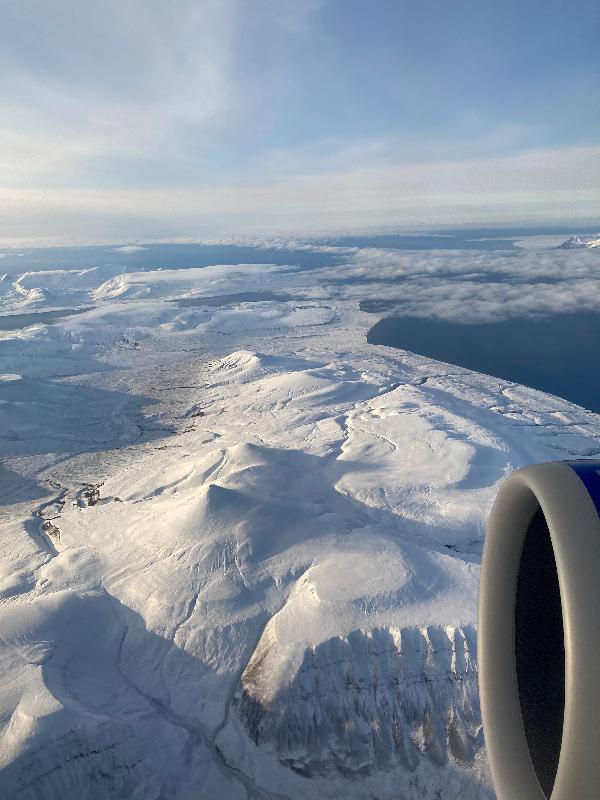
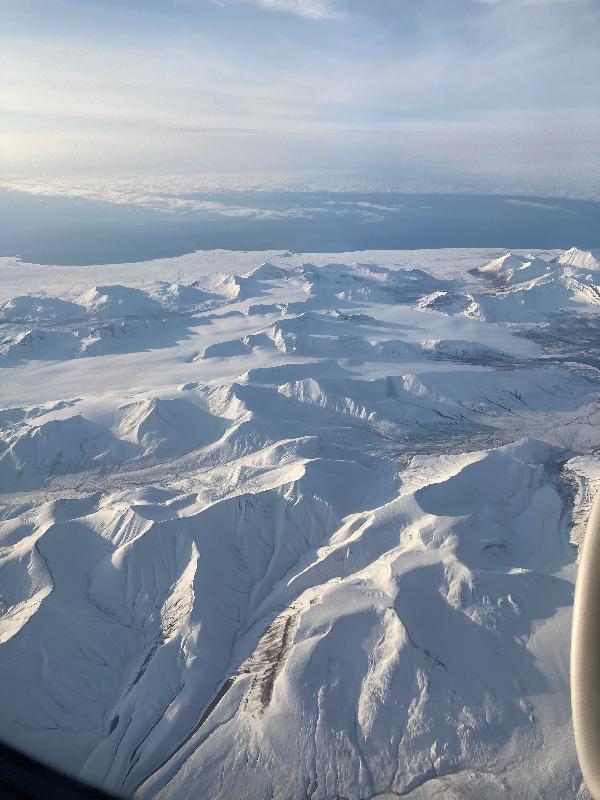
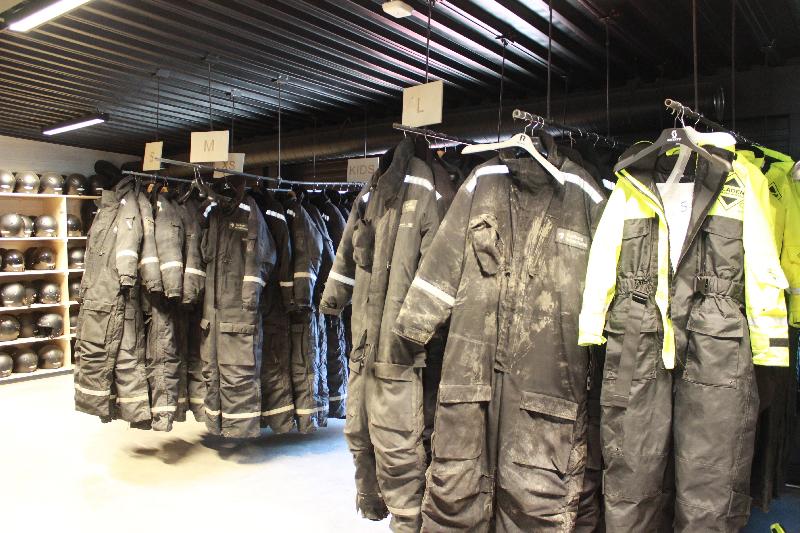
Warm clothes and helmets in the outfitter's equipment room.
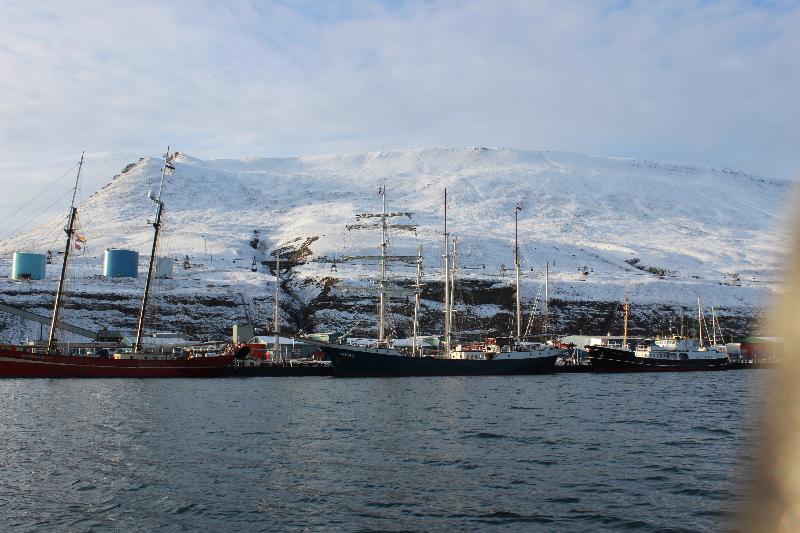
Sail boats in the harbor
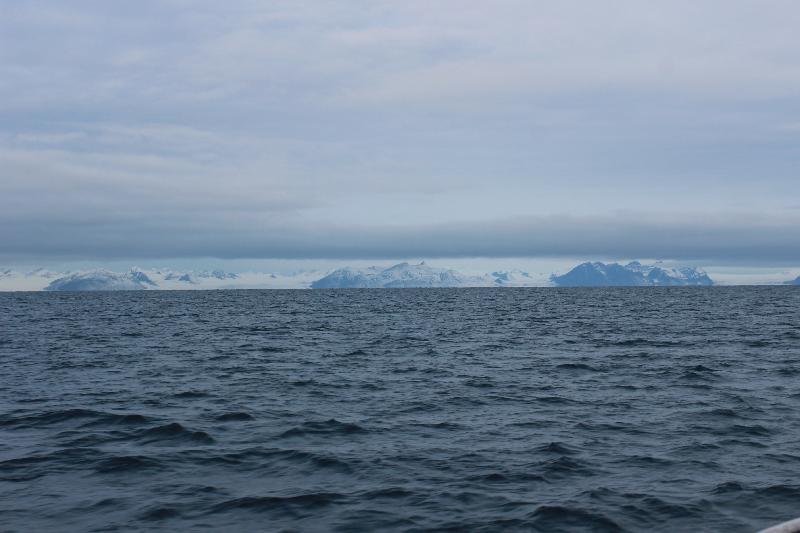
Mountains in the distance look painted on to the horizon.
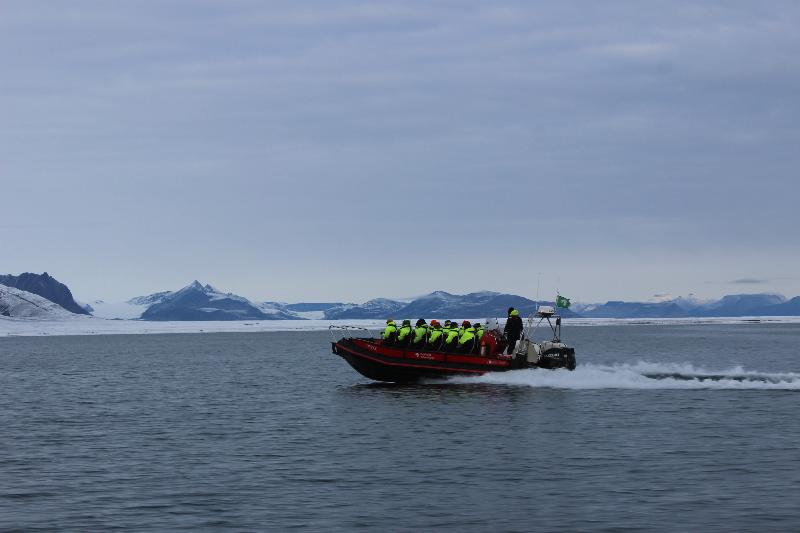
A bunch of us neon-penguin dressed tourists boating out to the glaciers. Speed was about 22 knots. Notice the radar dome behind the pilot that is used to avoid hitting ice.
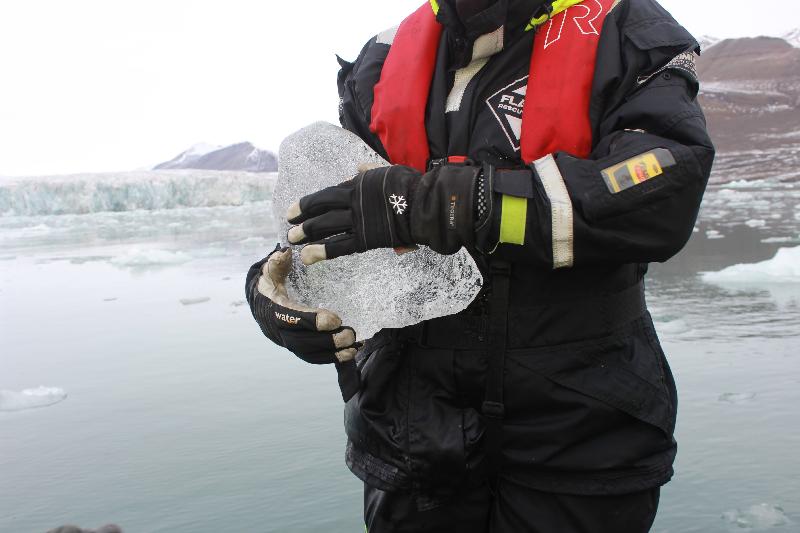
We fished some ice out of the water. Notice the tiny air bubbles trapped. These are used to measure historic carbon dioxide levels. The red object is an auto-inflating personal floatation device. The yellow device in the sleeve is an emergency distress beacon. Safety is taken pretty seriously in Svalbard. It's a long flight to a trauma center.
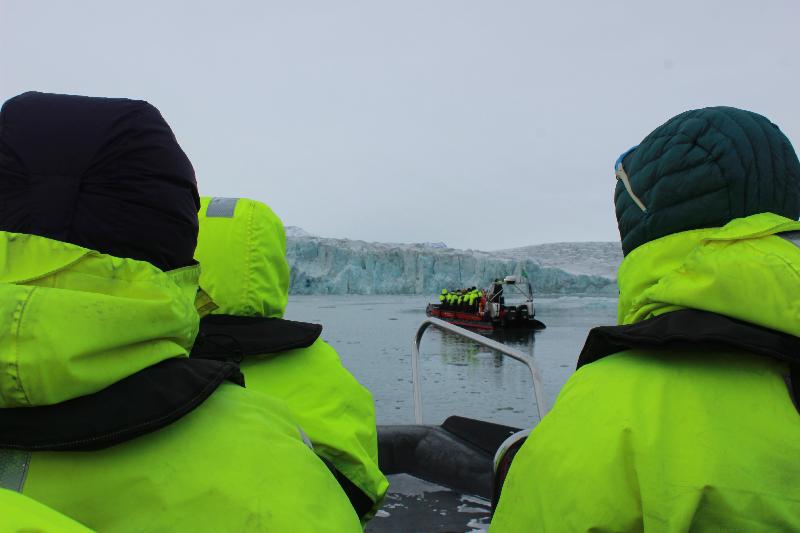
Chunks of ice cleave off the glacier every few minutes, but it's hard to spot them. We're back far enough that by the time the sound reaches you, it already crashed into the water.
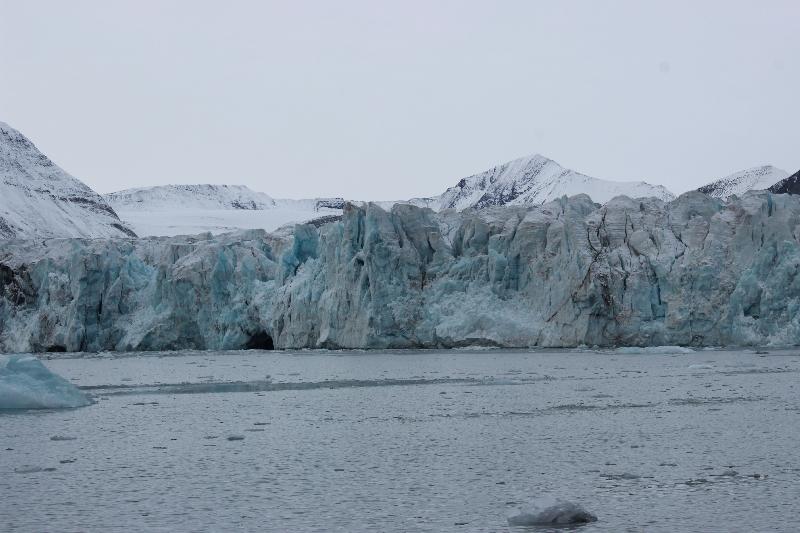
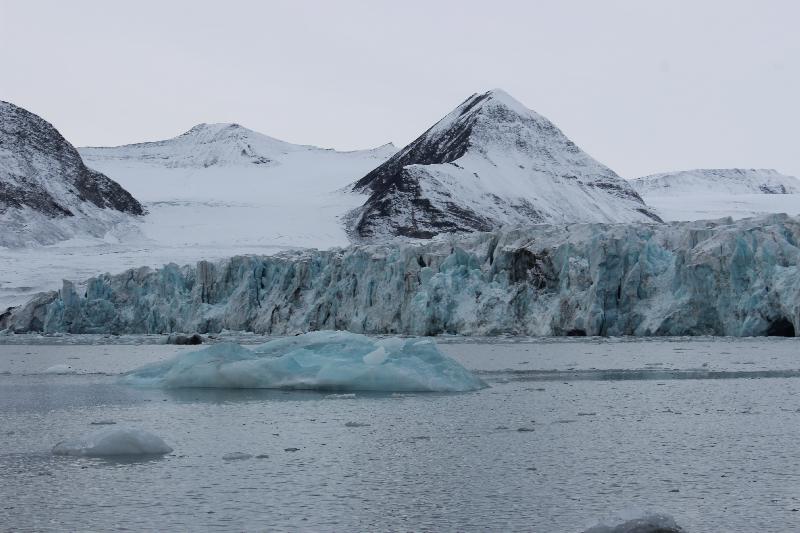
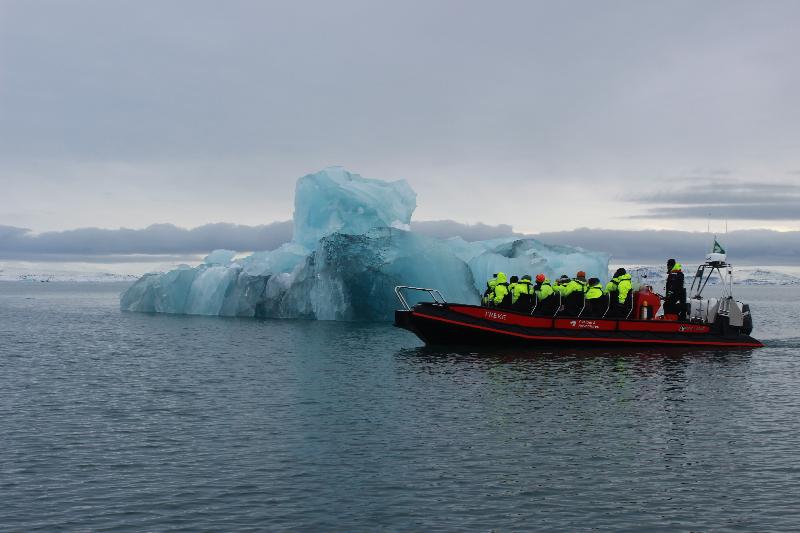
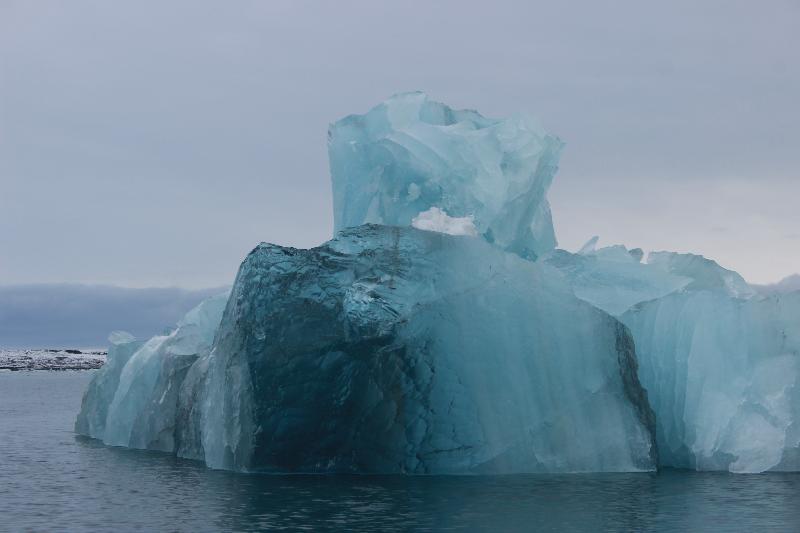
The ice is sometimes blue because it formed under immense pressure and weight of all the snow above it.
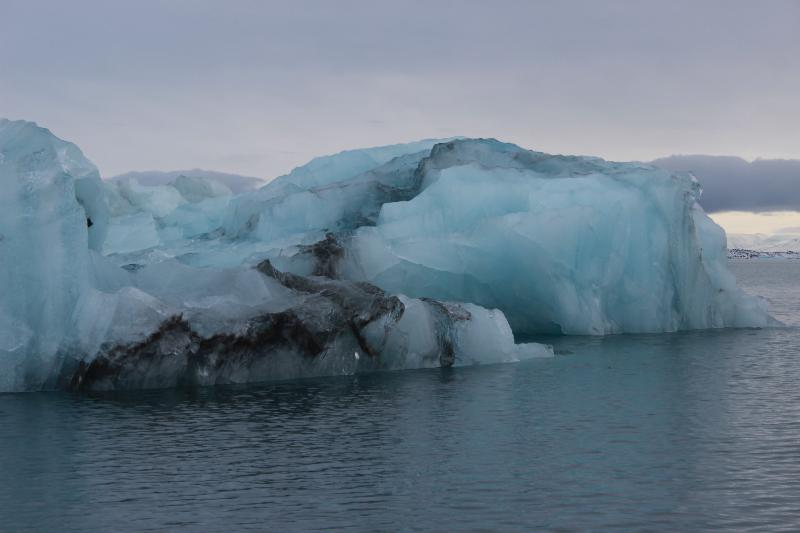
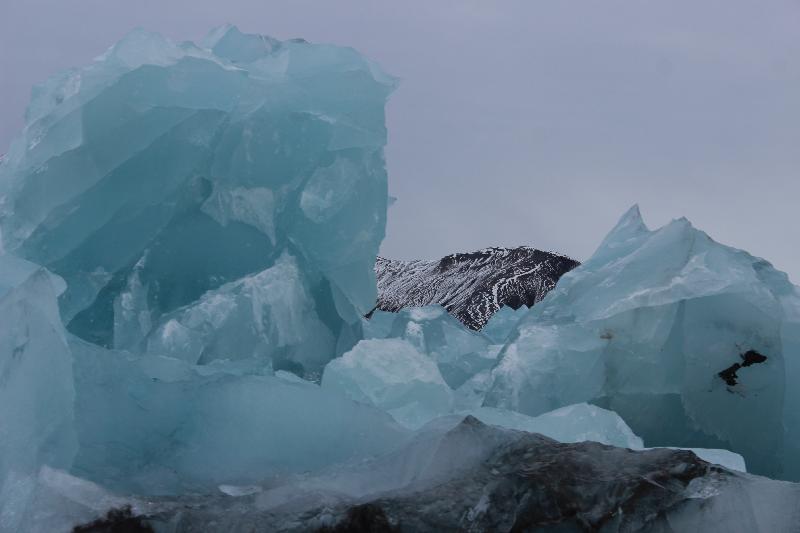
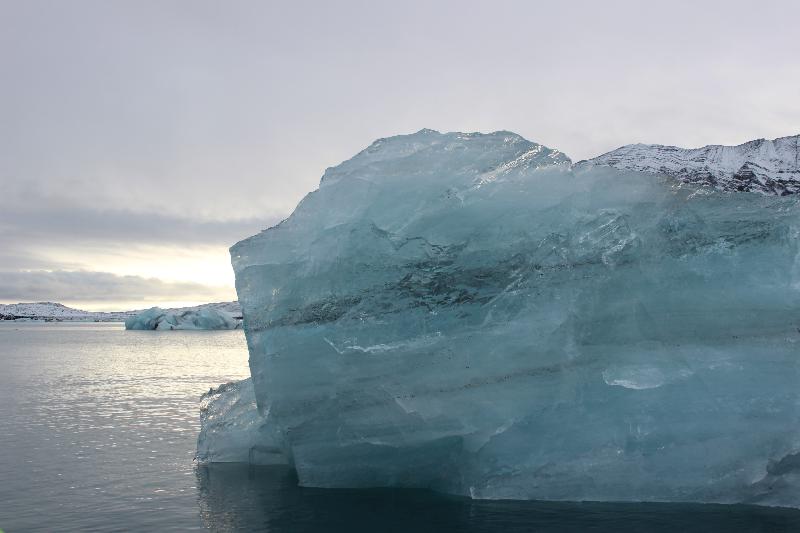
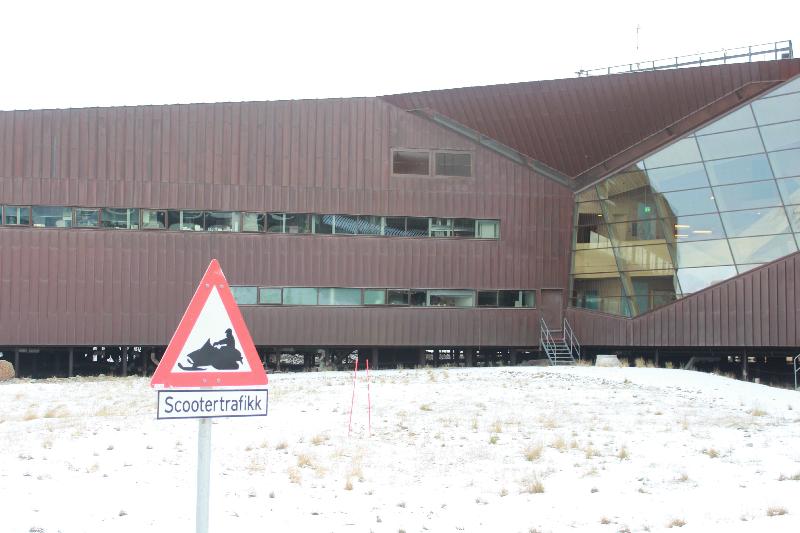
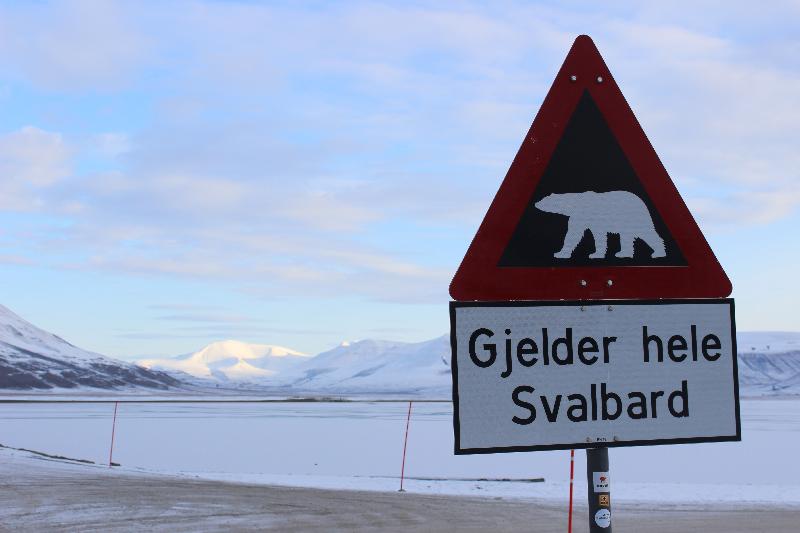
These bear warning signs mark the end of the city. It is advised (legally required?) to bring bear defense beyond this point - usually a flare gun to scare them and a high powered firearm in case they persist.
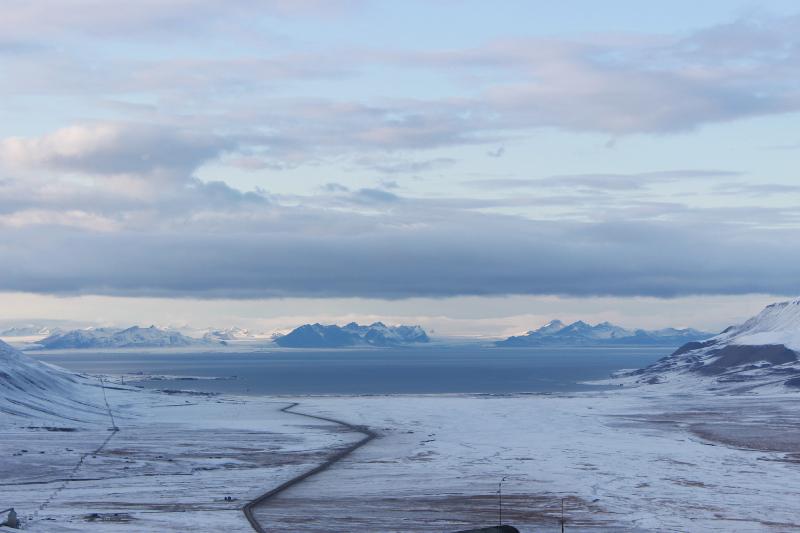
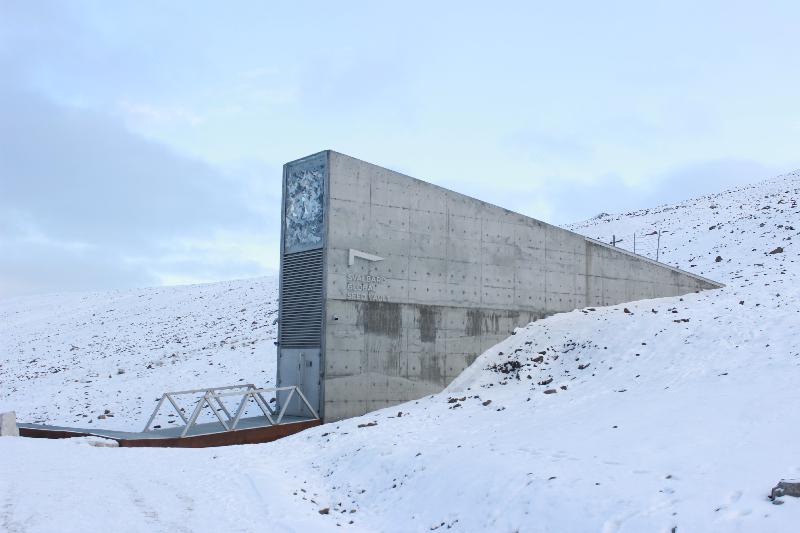
The iconic Svalbard Global Seed Vault poking out of the hillside.
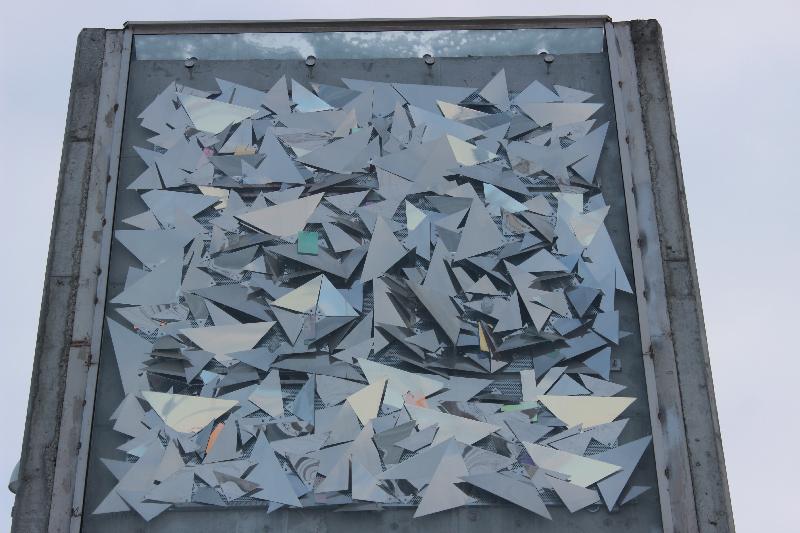
The intriguing artwork on the vault, Perpetual Repercussions by Dyveke Sanne, is what drew me most to Svalbard. There are precious few good photographs of it. It continues on top, but was covered in snow.
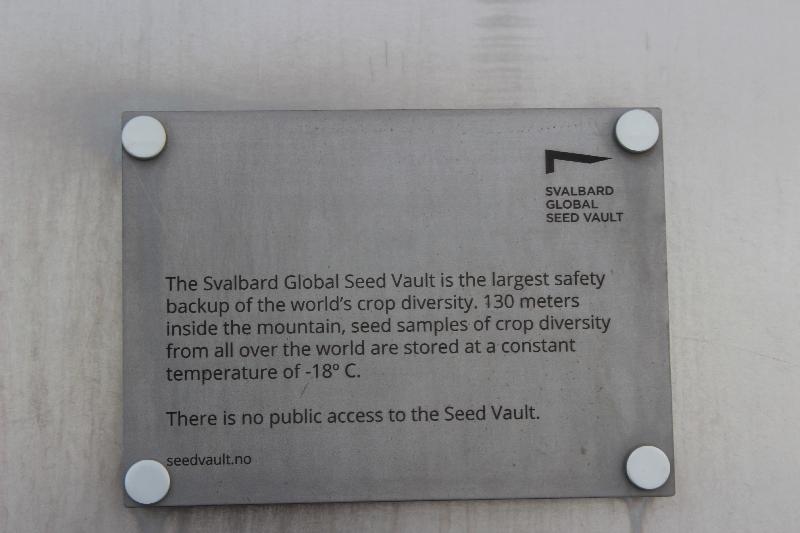
Impressively, you can walk right up to the vault entrance. Since humans generate heat and moisture, tours would harm the vault's mission of maintaining a stable atmosphere.
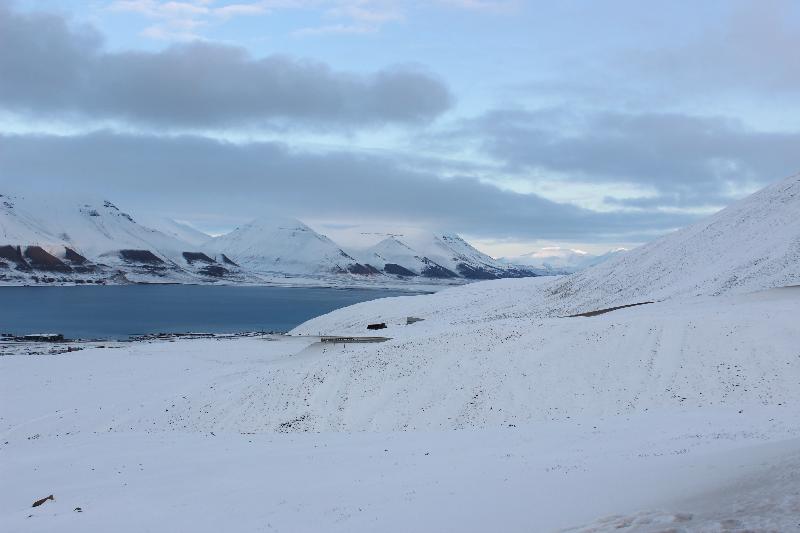
From the seed vault, you can see the harbor and airport.
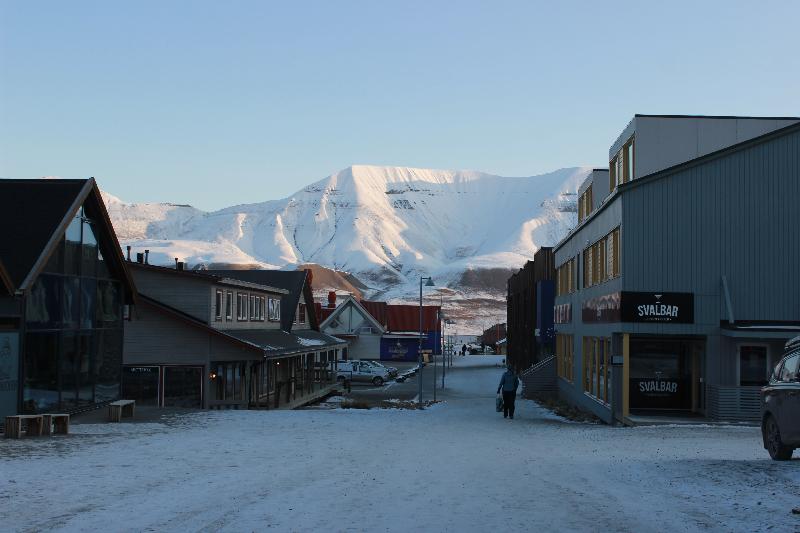
Downtown Longyearbyen
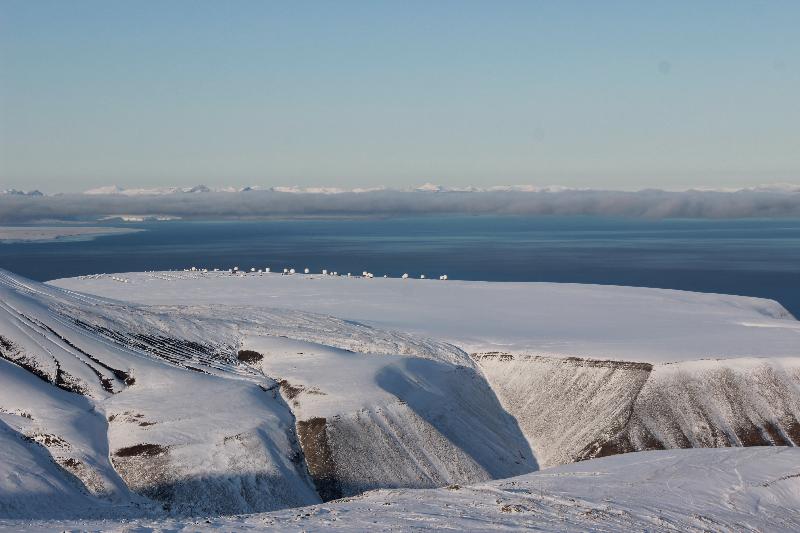
KSAT, the world's largest satellite terminal with over 100 dishes. This position allows communication with polar orbiting satellites 15 out of every 75 minutes instead of once a day.
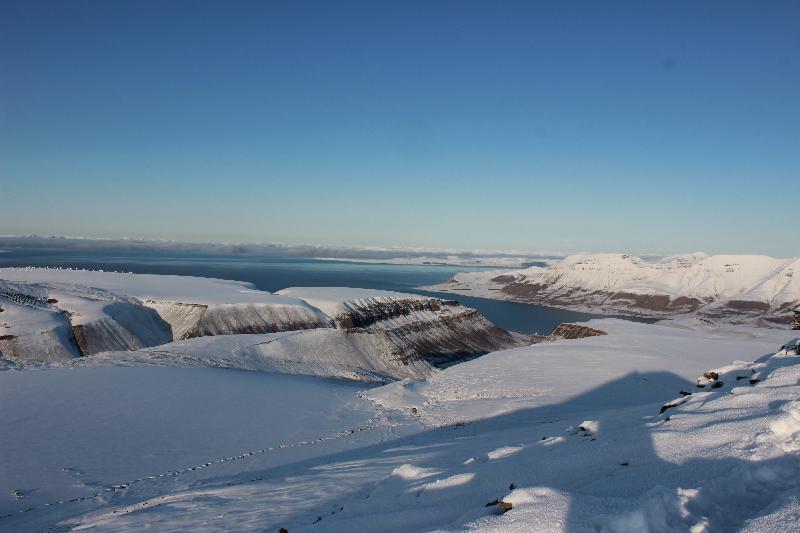
Looking across the glacier valley. Notice KSAT on the left.
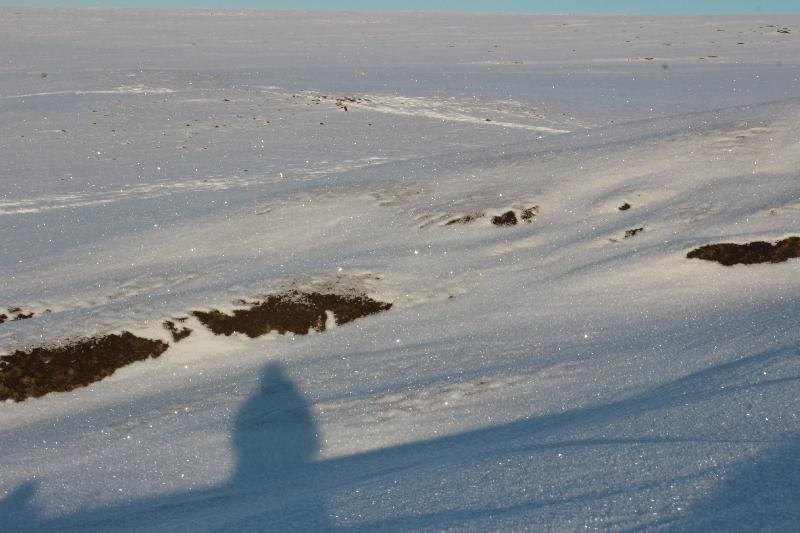
Snowflakes are so large that when you stand with the sun behind you, some line up perfectly to become little mirrors.
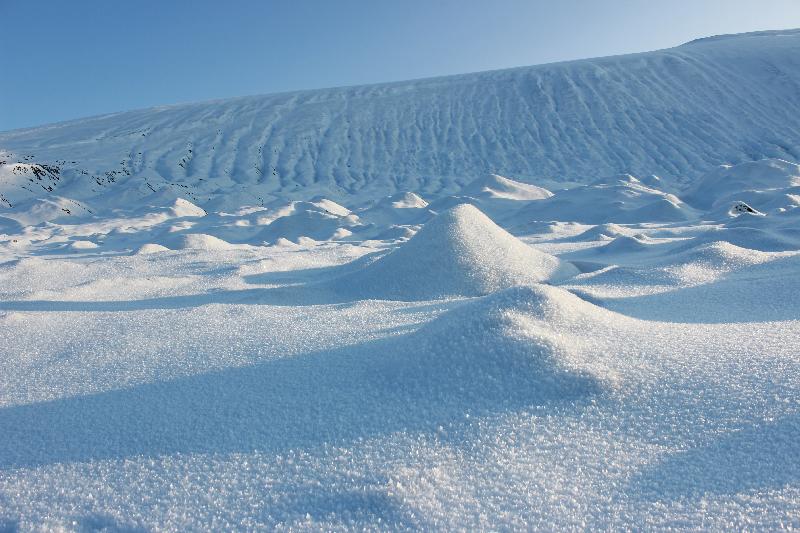
The large snowflakes give the landscape an almost furry texture.
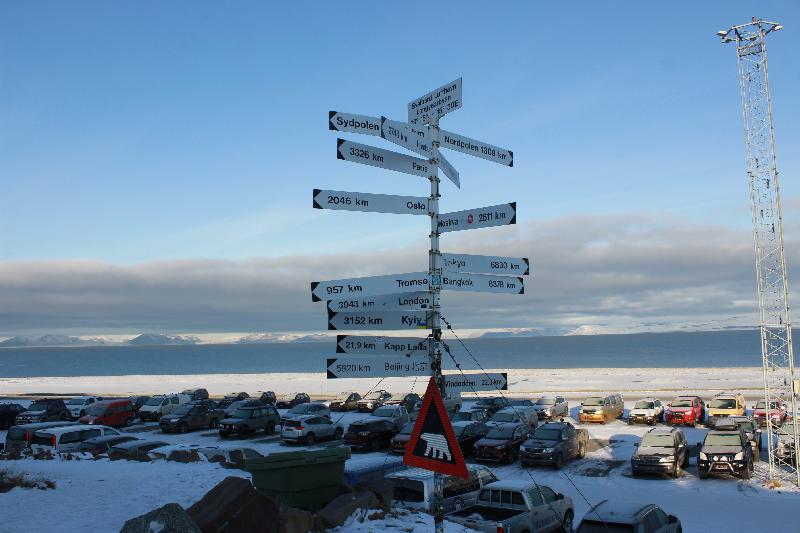
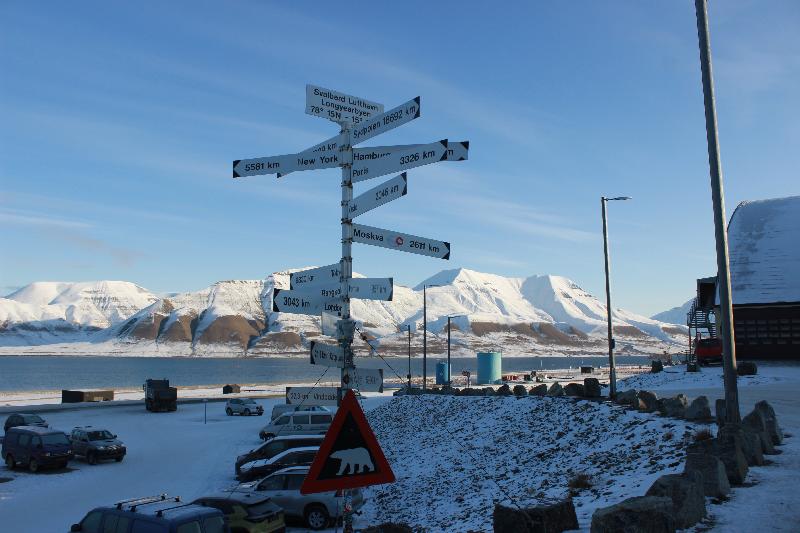
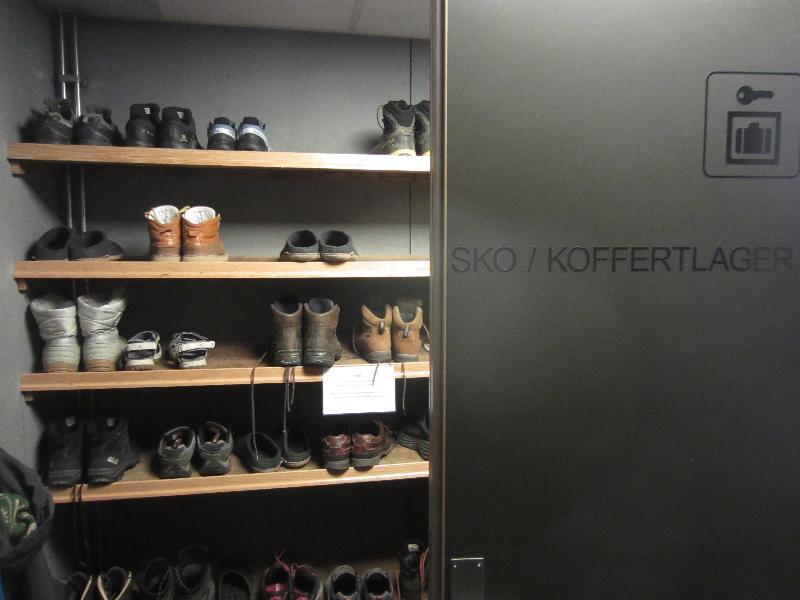
It's a custom to take off your shoes indoors many places. The custom dates back to Svalbard's mining days when shoes were very dirty, but it helps keep the snow and water out today.
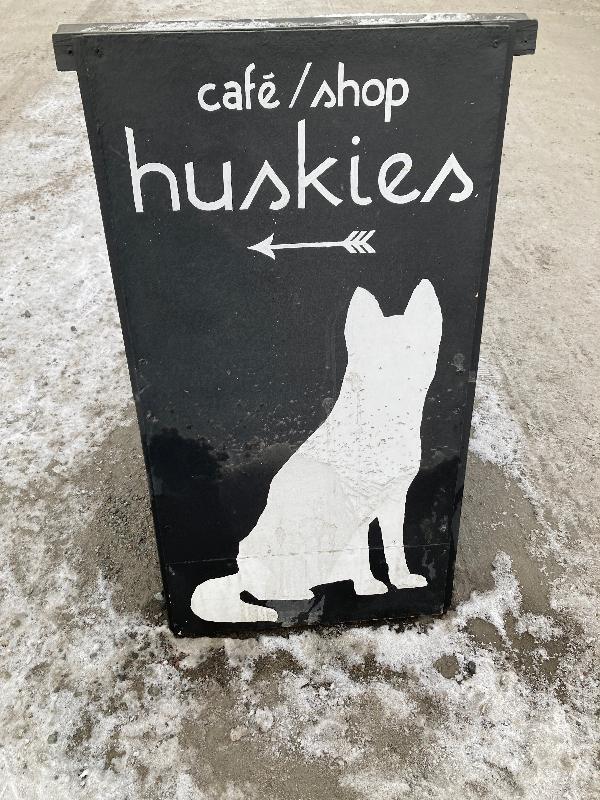
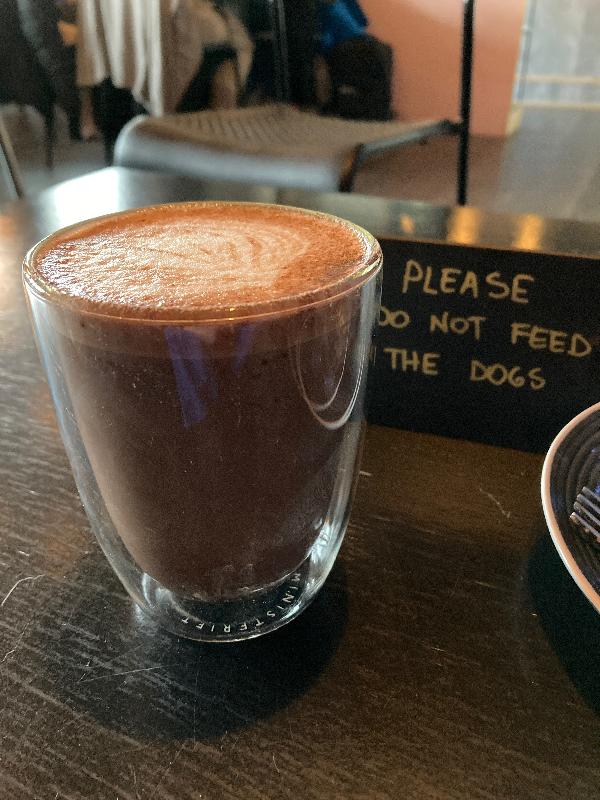
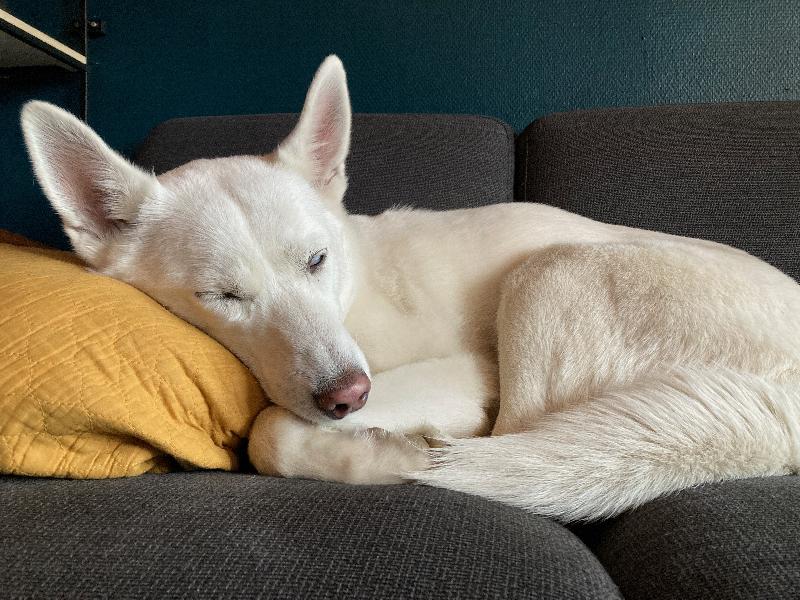
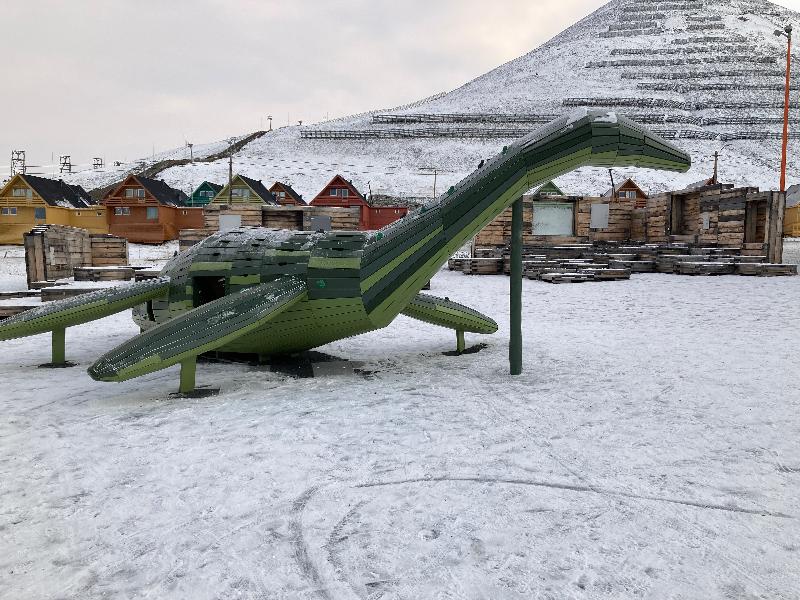
Monstrum is the name of this sculpture kids can climb on. The lines on the hillside in the background are avalanche fences. There is also a huge rock wall behind the homes to stop runaway snow.

The local grocery uses these eInk shelf labels to update prices by WiFi. Note the crazy unit prices in kilograms.
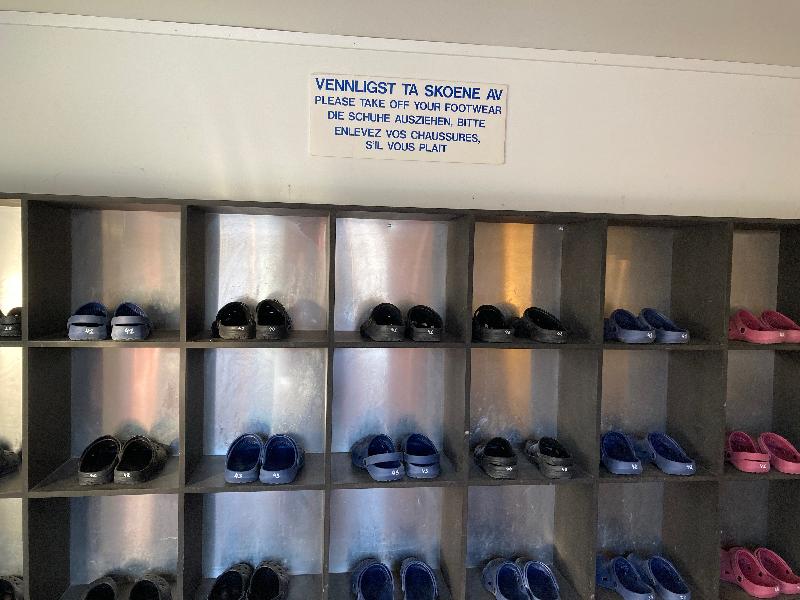
Some places have loaner sandals to wear while leaving your regular shoes at the door. The numbers are European sizes.
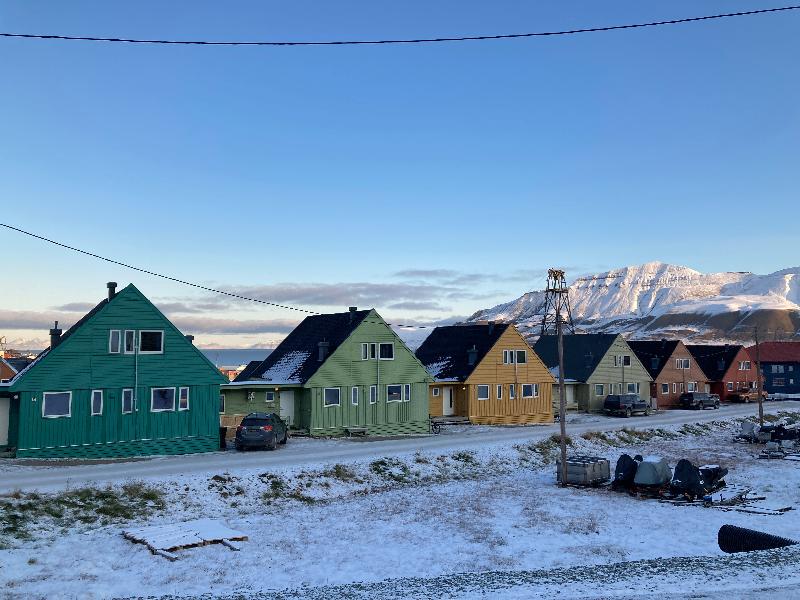
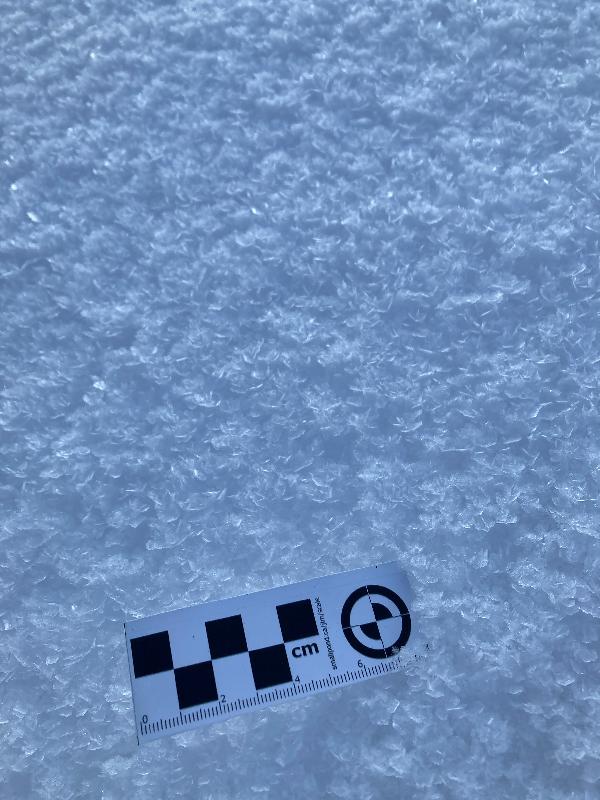
The snowflakes are huge - large than American dimes! I always thought snowflakes were largely mythical. Until now, I have only seen powder that resembles the hexagonal paper snowflakes we made in school when you look under a microscope. These are the real deal.

180 degree panoramic standing on a ridge overlooking a glacier. It's about 1pm and the sun is already setting.
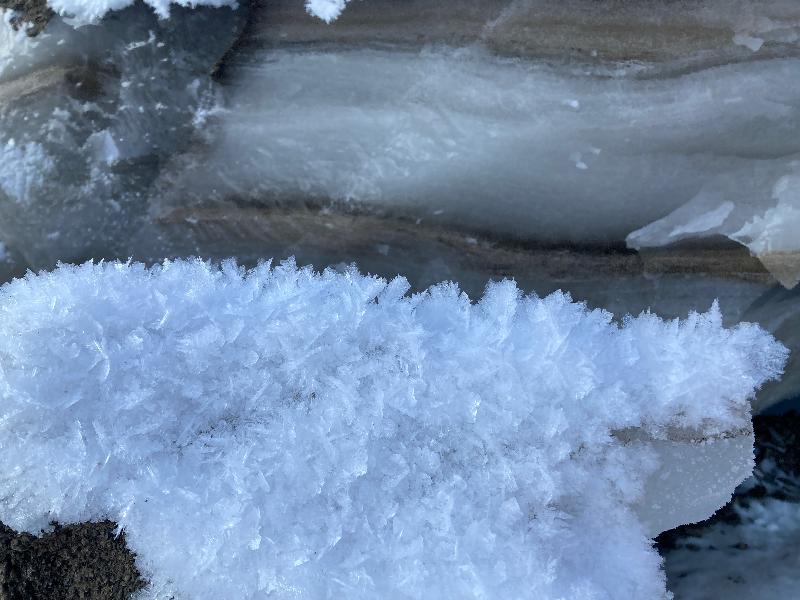
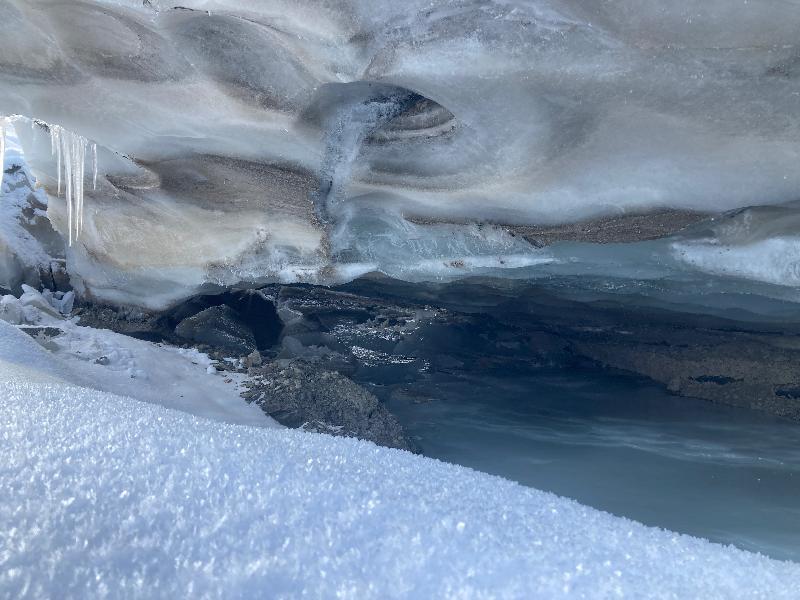
Taking a quick look at the entrance to an ice cave.
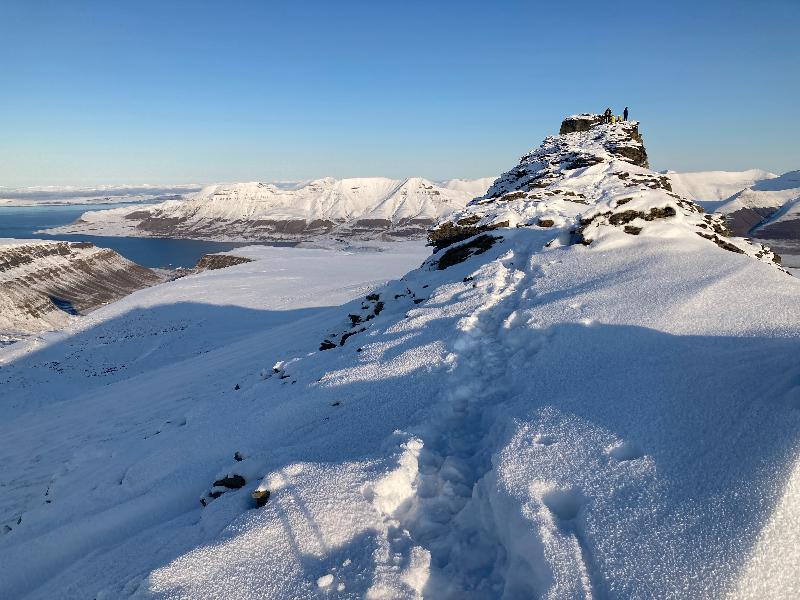
The sun is coming up over the ridge we summited as we stop for lunch just before noon. The consistent height of the mountains is due to the area being covered by glaciers in ancient times and being worn flat by their movement.
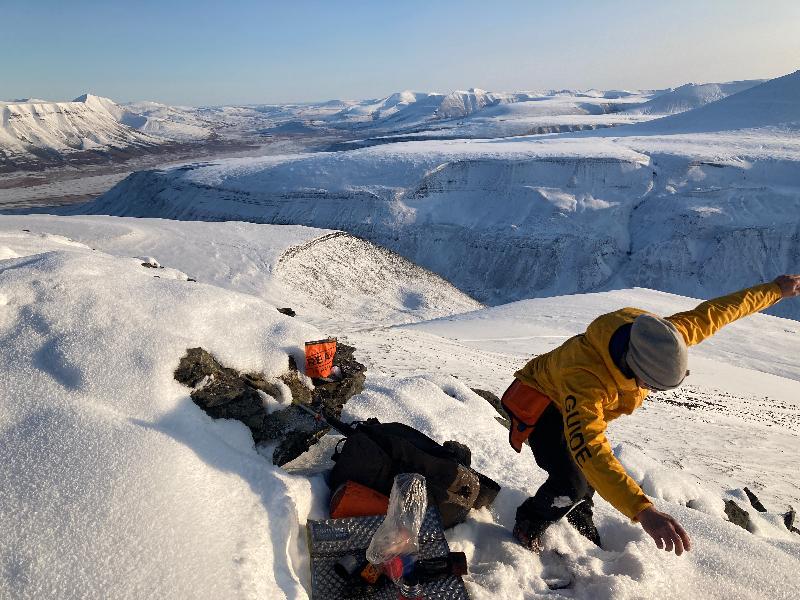
Stopping for lunch while hiking. My guide's flare gun is visible on his hip and rifle is under his pack - both defense against polar bears.
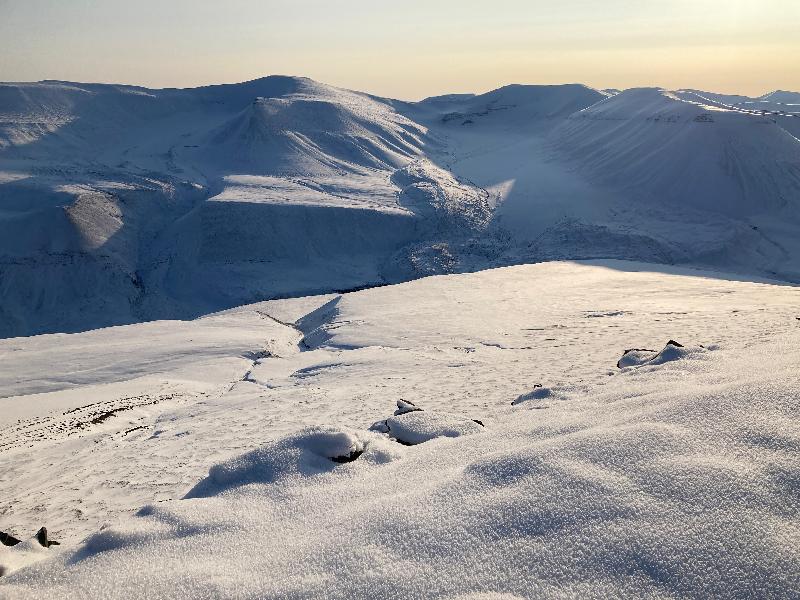
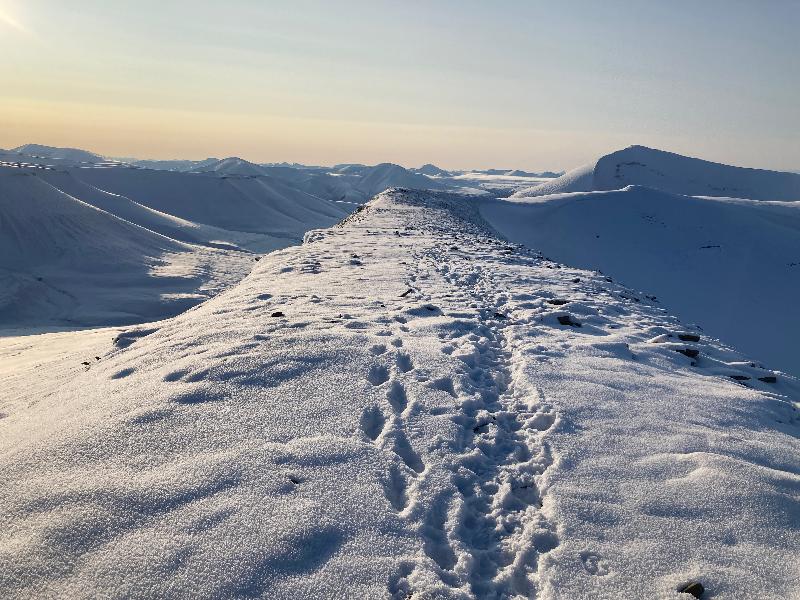
The ridgeline is just a few meters wide.

Pretty incredible view of the glacier looking back to town. If you click and zoom, you can see KSAT on the left. In the valley in the middle, you can see the Huset building near town and some boats at the harbor.
|

